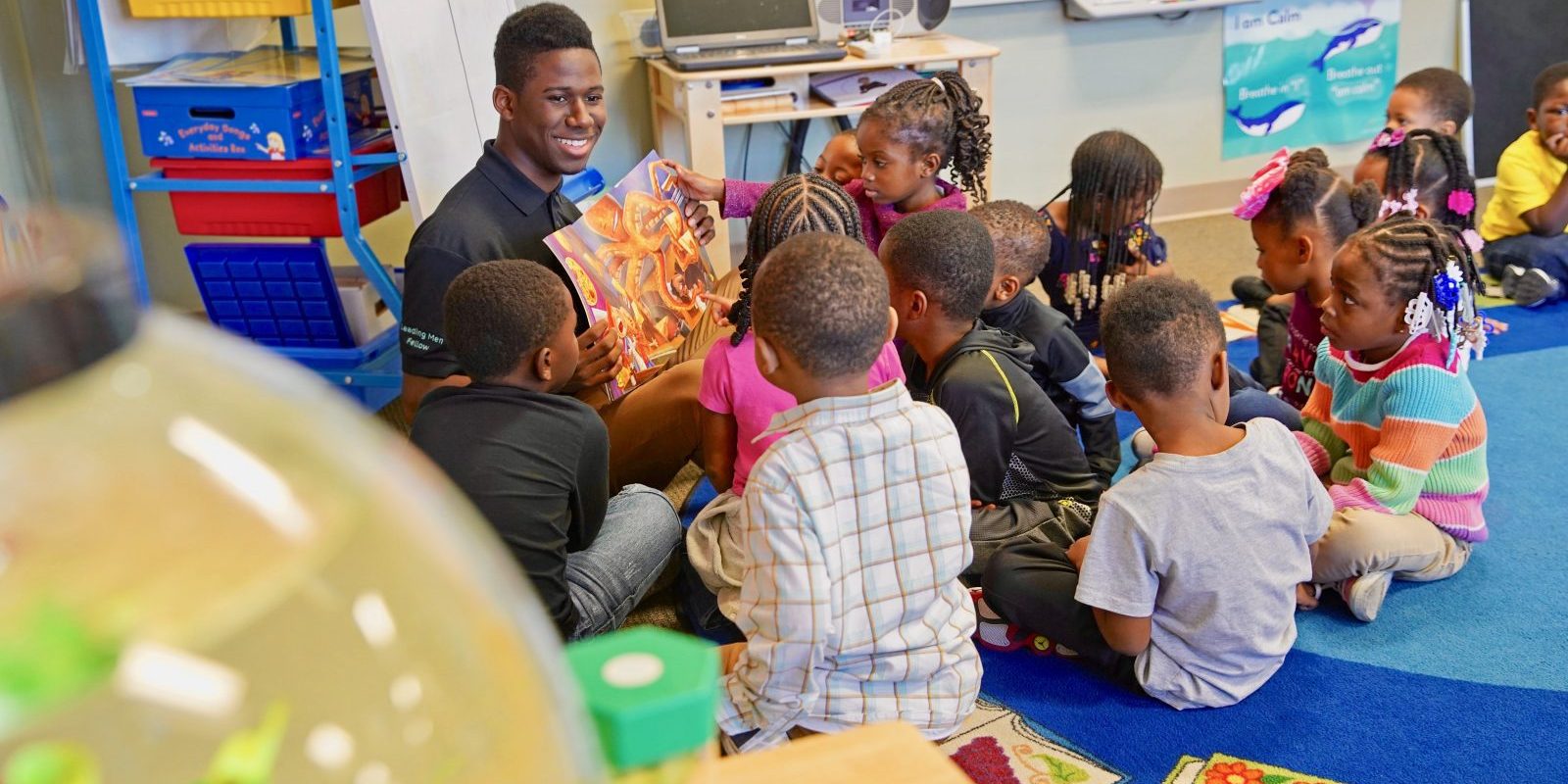For hundreds of years, sailors have used the North Star to help navigate. The North Star is the only bright star whose position relative to a rotating Earth does not change. In many ways, the North Star was more instrumental for navigation than their individual daily tasks of washing the deck, measuring water depth and managing cargo. It gave daily tasks like measuring water depth purpose.
Many of us have a general idea of what an organization’s purpose is. We often attempt to articulate it through mission statements, visions and values, and sometimes it can get obscured in the day-to-day work, but alignment with a North Star is critical for ensuring navigation. I believe that economic mobility and creating equitable pathways for every child to have the best possible opportunity is StriveTogether’s North Star. That’s what drew me in so many years ago as a local transit employee and an early childhood system board member here in Cincinnati first connecting with the work of the StrivePartnership. It is the idea that all of us are part of the systems that support or hinder a child’s ability to be successful every step of the way from cradle to career.
StriveTogether has always believed that cradle-to-career outcomes are some of the best interim measures – or indicators – of understanding where a child is on their journey to economic mobility. These critical moments in a child’s development help us to understand whether our systems are supporting or hindering their growth. Cradle-to-career outcomes are not the North Star in of themselves; they are the instruments that we use to align ourselves with that greater purpose, to see if we are on track.
We have always considered ourselves a leader in the field, but we’ve distinguished ourselves as one that is grounded in the work of our communities. That grounding is instrumental in keeping us connected with our North Star of creating equitable pathways to economic mobility for EVERY child. For example, as the network surpassed our goal of seeing five communities in achieving Proof Point designation by 2018, our analysis of outcomes data found that while we were seeing some outcome improvements in aggregate, we were not solving for the pervasive racial, ethnic and economic disparities built into systems. Through an extensive co-development with the StriveTogether Network Racial and Ethnic Equity Action team we have recently developed the racial equity system indicators that will be critical to understanding the system changes needed to drive equitable, cradle-to-career outcome improvement and enhance equitable pathways to economic mobility. Just as an expert sailor needs to adjust for obstacles or weather patterns in their journey to remain constant to their North Star, our Network’s measurement of cradle-to-career outcomes and indicators enables us to navigate the complicated waters of systems transformation.
Several StriveTogether network members are already tackling the work of systems transformation in ways that directly contribute to cradle-to-career outcomes by shifting resources, power, policies and practices. For example in Connecticut, Norwalk ACTS’ Prenatal to Three Initiative helped the entire community applying a new screening tool to assess early child development. The developmental screening tool, called the Standardized Ages and Stages Questionnaire (ASQ), was integrated across the landscape of partners in the early childhood space across the community to provide a more comprehensive perspective on each child’s development and progression on key competencies. Ultimately, the tool was used to shift power to parents and caregivers enabling them to use the screener to help guide their child’s development and create a new conversation with the institutions that child and family engaged with. This comprehensive approach led to a 7% increase in kindergarten readiness over the last three years. Rather than only using programmatic solutions, their efforts allowed an alignment across early childhood systems such as health and education, resulting in practice, policy, resource and power changes across the community in service of school readiness outcomes for children in Norwalk.
E3 Alliance in Austin, Texas used data analysis and stakeholder engagement to improve approaches for advanced mathematics by shifting to an auto enrollment policy for every child. This shift dramatically changed middle grade math outcomes, especially for Black and Latinx students, and reduced the racial gap for those completing Algebra by eighth grade by more than 75% and 50% respectively. The success of E3 Alliance’s approach has led to the state of Texas adopting opt-out policy as a recommendation and they are now using the partnership’s data to support a statewide strategy to help spread and scale this change for even greater impact on math outcomes.
While some might be satisfied with a new policy or the results of a program, our North Star reminds us that this isn’t enough: policy change must be paired with implementation and accountability for us to truly see a difference in outcomes for children. This is what led four StriveTogether Cradle to Career Network members (The Commit Partnership in Dallas, E3 Alliance in Austin serving Central Texas, RGV Focus in the Rio Grande Valley and UP Partnership serving Greater San Antonio) to join forces with other organizations across the state to help pass House Bill 3 in Texas, a law that represents a generational investment in education and educators of $6.5 billion to be distributed equitably. They’re now following up this incredible win with support to communities and institutions to ensure the policy is implemented equitably and in a way that drives improvements in outcomes for children and families across the state.
What is fascinating about the North Star is that all other stars appear to move opposite to the Earth’s rotation beneath them. What separates StriveTogether from others in the field is our ability to cut through political clutter with the distinct focus on supporting and lifting up the communities doing the hard work of transforming systems to improve outcomes for kids and families. We don’t focus on the shifting stars, we align ourselves to the singular, brighter one that allows us to navigate this work.
Some argue that systems transformation and outcome improvement approaches are oppositional, but we understand that this is a false dichotomy. We know it to be false because of our work with communities. Not only do StriveTogether network members demonstrate that through intentional use of data, understanding needs of children and families and framing issues in ways that build coalitions across sectors, but they also have the relationships and flexibility to adapt that approach to facilitate real change in local communities, across states, and ultimately, across the country through partnership across our network partners. We don’t aspire to be thought leaders in driving racial equity, but rather practice leaders by providing the field with examples of how taking action to advance equity improves the lives of kids and families. And that bright North Star is now informing how we work with investors and national partners as well, from Enterprise Community Partners to the Pritzker Foundation, from the Ballmer Group to Save the Children.
What drives me, particularly as someone who felt like an outsider in my own educational journey, is the ability to support community leaders by investing in them with financial resources and collaborative improvement skill building, as well as to lift up their work in ways that inform, influence and disrupt polices and structures impacting children and families. My personal hope is to continue to translate these lofty ideas of systems change, racial equity and economic mobility and turn them into actions that directly move outcomes for kids and families.
This is our North Star. It is not the only frame for transforming systems, but it is the StriveTogether frame, and it is what gets me excited about this work each and every day. Not only does it provide us with a navigational point, but light and purpose.






